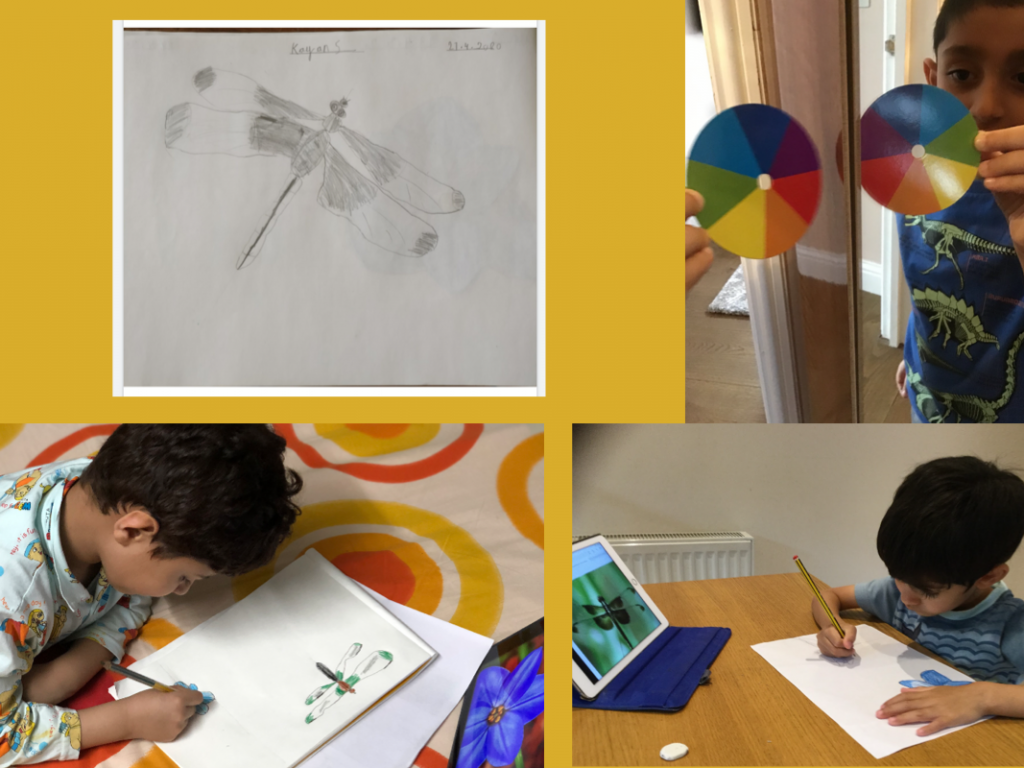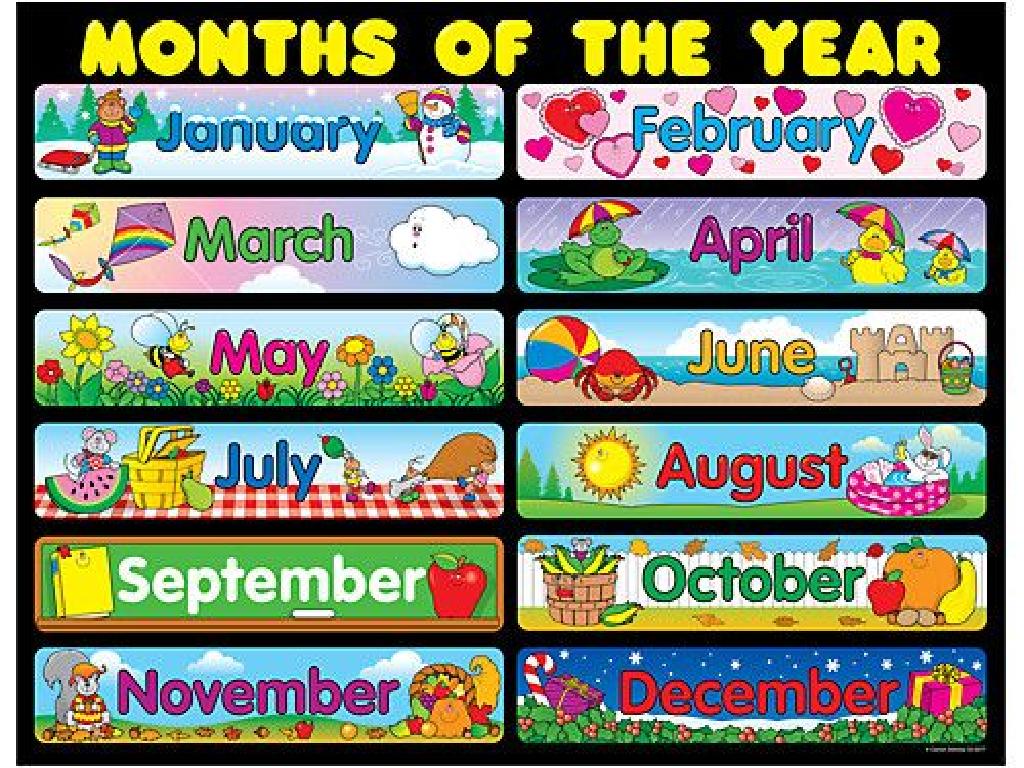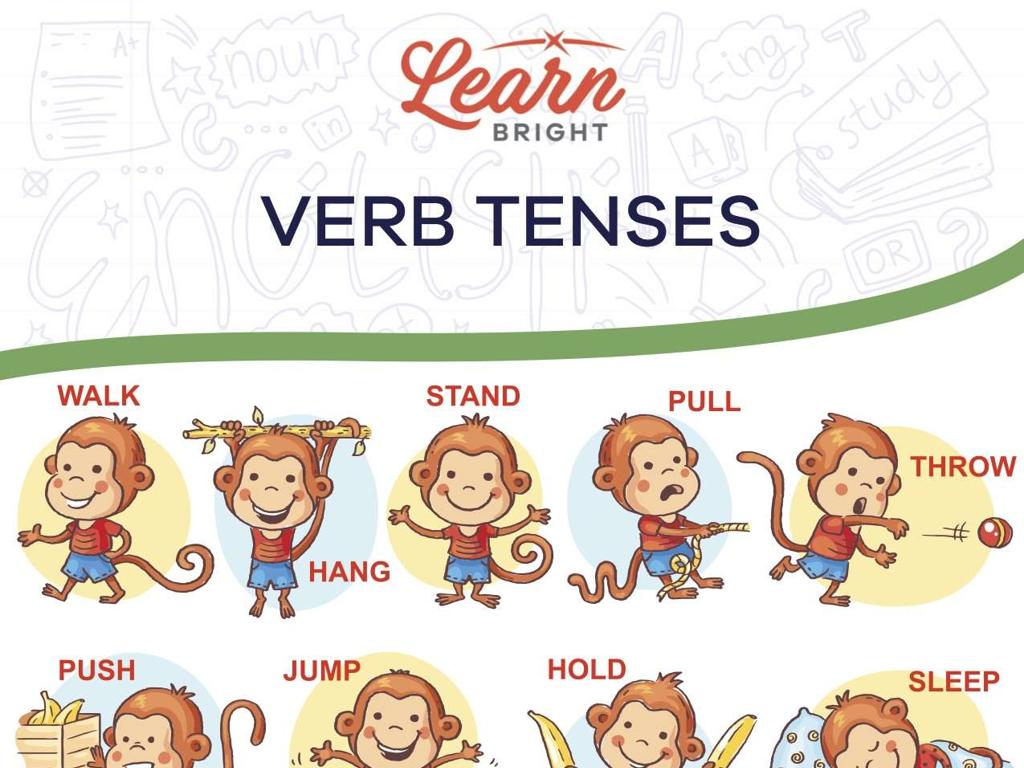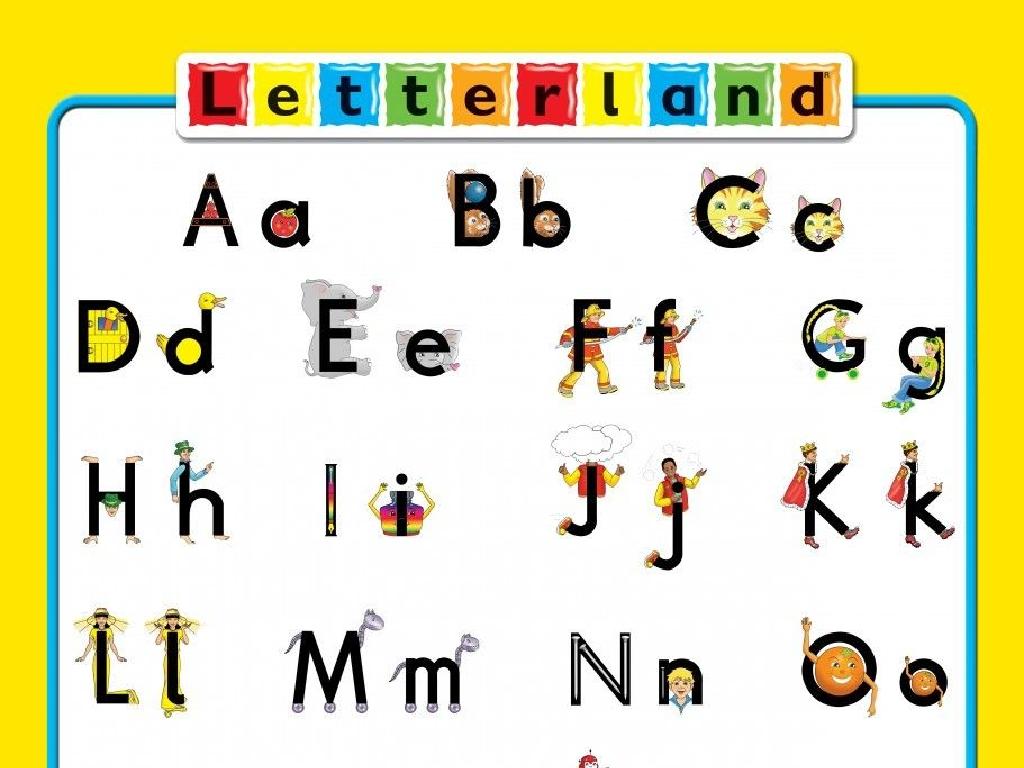Form Compound Words With Pictures
Subject: Language arts
Grade: Third grade
Topic: Compound Words
Please LOG IN to download the presentation. Access is available to registered users only.
View More Content
Welcome to Compound Words!
– Understanding Compound Words
– Two words joined to make a new word with its own meaning, like ‘sunflower’.
– Compound Words in Daily Life
– Everyday examples: ‘toothbrush’, ‘basketball’, ‘playground’.
– Creating Our Own Compound Words
– Combine two pictures to form a compound word.
– Practice with Pictures
– Use picture cards to match and make compounds.
|
This slide introduces the concept of compound words to third-grade students. Begin by explaining that a compound word is formed when two words are combined to create a new word with a unique meaning. Provide familiar examples that they likely encounter in their daily lives to make the concept relatable. Encourage the students to think of two separate items that can be put together to form a compound word. Use visual aids like picture cards to help them visualize and practice creating compound words. This interactive approach will aid in their understanding and retention of the concept. For the next class, prepare picture cards with words that can be compounded, and plan activities where students can work in pairs or groups to create new compound words.
Exploring Compound Words
– What’s a compound word?
– It’s a word made by joining two words
– Two words form a new meaning
– The new word has its own unique meaning
– ‘Sun’ + ‘flower’ = ‘sunflower’
– A sunflower is a type of plant, not just a sunny flower
– Compound words are everywhere
|
Introduce the concept of compound words by explaining that they are formed when two separate words are combined to create a new word with a new meaning. Use visual aids like pictures of a ‘sun’ and a ‘flower’ to show how they come together to make ‘sunflower’. Emphasize that the meaning of a compound word can be different from the original words. Encourage students to think of other examples and to look for compound words in their environment or in the books they read. This will help them understand how common and important compound words are in everyday language.
Creating Compound Words with Pictures
– Let’s create our own compound words!
– Observe pictures and brainstorm words
– Look at each picture and think of words that describe it
– Combine words to form a compound
– Try to merge two words to make one meaningful word
– Discover the meaning of new words
– Understand how two words can come together to make a new concept
|
This slide is designed to engage third-grade students in the process of forming compound words using visual aids. Start by explaining that a compound word is made when two words are combined to make a new word with a different meaning. Show them pictures and guide them to think of words associated with those images. Then, encourage them to experiment with combining those words to see if they can create compound words. For example, show a picture of a tooth and a brush, leading to ‘toothbrush’. This activity will help students understand how compound words are formed and recognize them in their reading. Prepare a set of pictures that can potentially form compound words for the students to work with during the activity.
Compound Word Match-Up Activity
– Match pictures to form words
– Pronounce the new compound words
– Saying them out loud helps to hear if they make sense
– Guess the meanings of compounds
– Use the pictures and what you know to guess
– Share your matches with the class
|
This activity is designed to help students understand the concept of compound words by visually matching pictures that represent two words which, when combined, form a new word with a specific meaning. Encourage students to say the words out loud to reinforce auditory recognition and to verify if the combination sounds like a real word. Prompt them to use their existing knowledge and context to guess the meaning of the new compound word. After completing the match-up, students should be ready to share their findings with the class, which will help in reinforcing their learning and provide an opportunity for peer learning.
Creating Compound Words with Pictures
– Understand compound words
– ‘Butterfly’ combines two words
– ‘Butter’ and ‘fly’ merge to form ‘butterfly’
– ‘Cupcake’ is another example
– ‘Cup’ and ‘cake’ come together to make ‘cupcake’
– Each compound has a new meaning
– New words mean something different than parts
|
This slide introduces the concept of compound words to third-grade students. Compound words are formed when two separate words are combined to create a new word with its own unique meaning. For example, ‘butterfly’ is a combination of ‘butter’ and ‘fly,’ but it doesn’t relate to butter or flying. Similarly, ‘cupcake’ merges ‘cup’ and ‘cake,’ but it refers specifically to a type of small cake. The aim is to show students that by combining words, we can create new terms with distinct meanings. Encourage students to think of other compound words and draw pictures to illustrate the new meanings. This visual activity will help solidify their understanding of the concept.
Let’s Practice Compound Words with Pictures!
– We’re playing a compound word game
– I’ll show two pictures
– You create the Compound Word
– Combine the names of the two objects in the pictures to form a new word
– Get ready for some fun!
|
This slide is designed to engage third-grade students in a fun and interactive game that helps them understand and practice forming compound words. The activity involves showing students two pictures and asking them to combine the names of the objects to create a compound word. For example, if you show a picture of a tooth and a brush, the compound word is ‘toothbrush’. Prepare a set of picture pairs in advance and consider grouping students in pairs or small teams to encourage collaboration. Possible variations of the game could include using flashcards, drawing on the board, or digital slides with clickable elements for virtual learning environments. The goal is to make the learning process enjoyable while reinforcing the concept of compound words.
Class Activity: Compound Word Creators
– Pair up and use picture cards
– Create new compound words
– Write down your compound words
– Share and discuss meanings
|
This activity is designed to encourage collaboration and creativity among students while they learn about compound words. Provide each pair with a set of picture cards that they can combine to form compound words. For example, a picture of a ‘butter’ and ‘fly’ can be combined to form ‘butterfly’. Encourage them to think outside the box and come up with as many compound words as possible. After the activity, have each pair share their list with the class and discuss the meaning of each compound word. This will help reinforce their understanding of how compound words are formed and their meanings. Possible variations of the activity could include using a timer to make it a game, having students draw their own pictures to combine, or even creating a compound word scavenger hunt.
Review: Compound Words
– Recap on compound words
– Compound words are two words joined to make a new word with a related meaning.
– Importance of compound words
– They enrich our vocabulary and help us communicate more precisely.
– Find compound words at home
– Look around your house for items like ‘toothpaste’ or ‘bedroom’.
– Share your examples
|
This slide aims to consolidate the students’ understanding of compound words. Begin by reviewing the definition of compound words and examples discussed during the lesson. Emphasize the significance of compound words in enhancing vocabulary and making communication clearer and more specific. Encourage students to observe their surroundings at home and identify compound words, which will help them relate the concept to their everyday life. In the next class, ask students to share the compound words they found at home, fostering a collaborative learning environment.
Homework Challenge: Compound Word Hunt
– Find 5 Compound Words
– Look around your home or outside
– Draw each Compound Word
– Use your creativity to illustrate
– Be ready to share in class
– Practice presenting to your family
|
This homework activity is designed to reinforce the concept of compound words through a fun and interactive scavenger hunt. Students are encouraged to observe their surroundings at home or outside to find compound words, which are two words joined to form a new word with a different meaning. They should then draw a picture representing each compound word, which will help solidify their understanding through visual association. The activity also prepares them for public speaking by having them share their findings with the class the next day. Teachers should remind students to think about objects they use every day, like ‘toothbrush’ or ‘basketball’, and to be creative with their drawings. This will make the learning process enjoyable and memorable.






